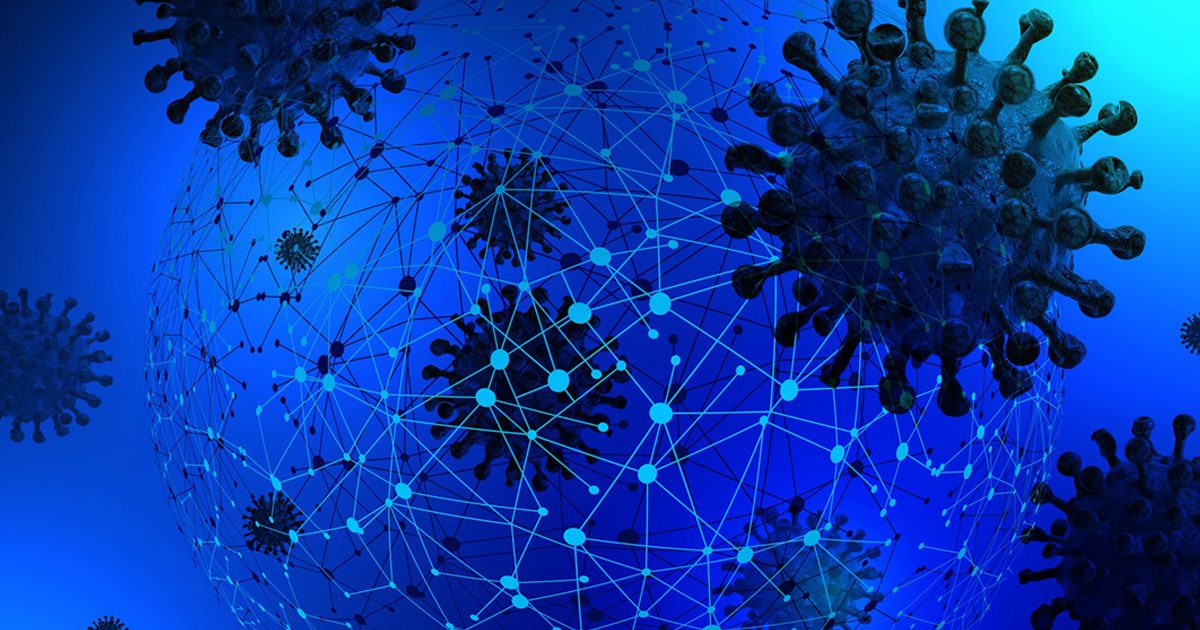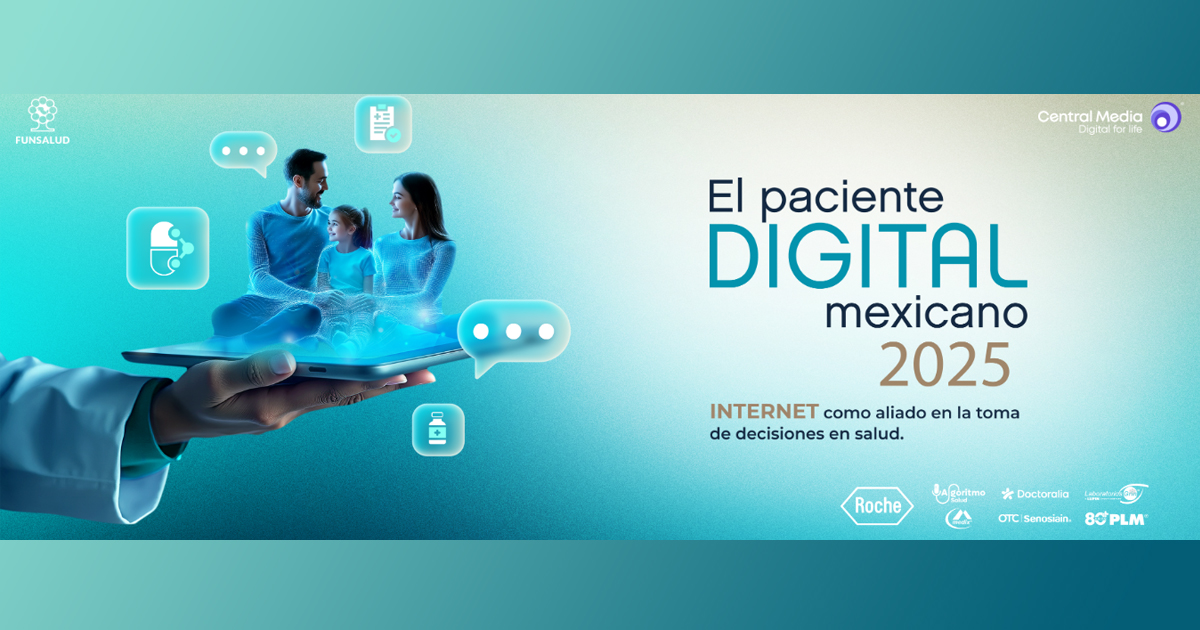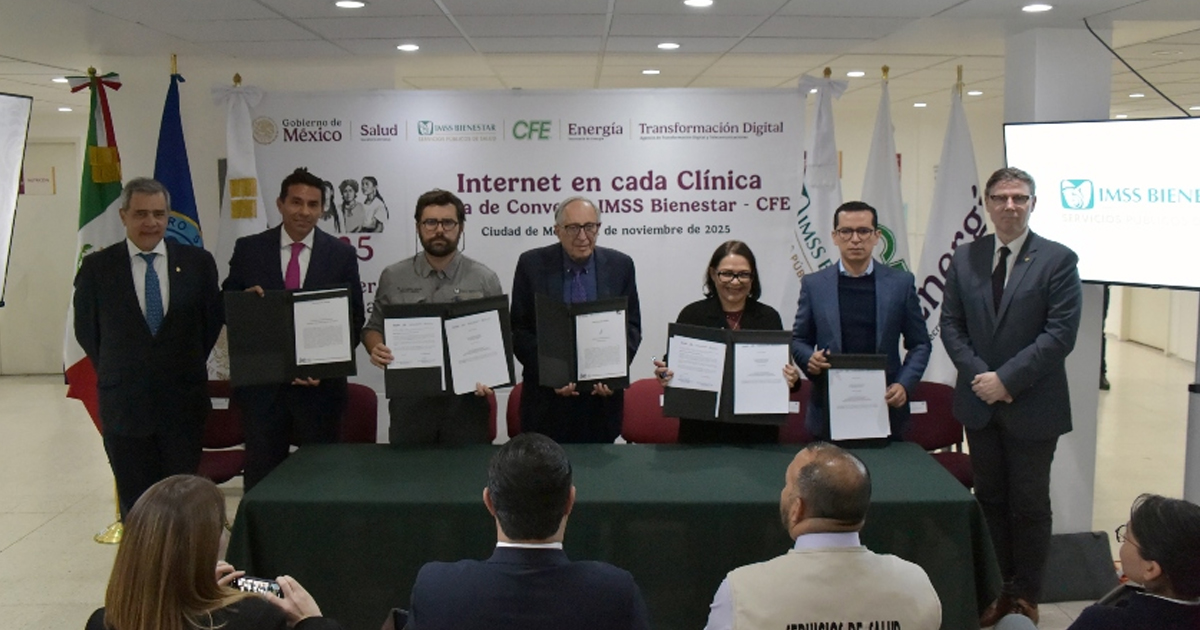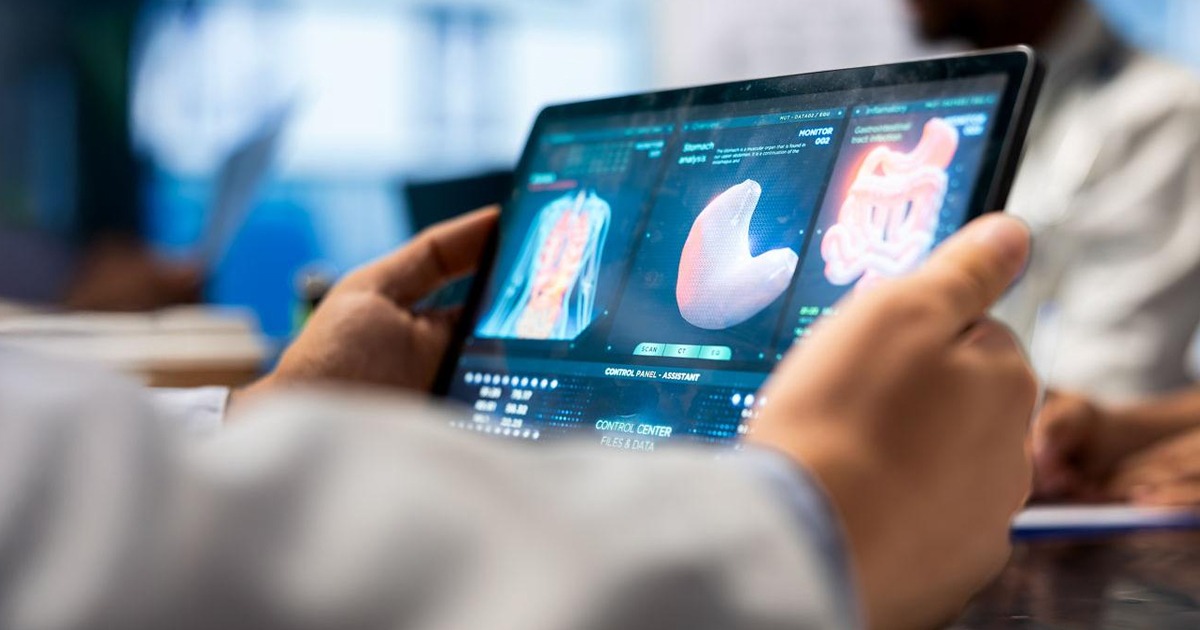Por decreto legislativo Perú fortalecerá los alcances de la Telehealth a nivel nacional.
El artículo 9 de la Ley No 003-2019-SA aprueba el reglamento de la Ley No 30421 Ley Marco de Telehealth, que optimiza procesos vinculados a Telehealth, con el objetivo de establecer las regulaciones que permitan su implementación y desarrollo en todo el país.
A través del decreto de urgencia se creó el Sistema Nacional de Transformación Digital y a la vez se aprobó la Ley de Gobierno Digital las cuales promueven y regulan el uso de las tecnologías digitales en procesos y servicios prestados por el Estado para la población.
Y es que tras la crisis por COVID-19 en Perú sus servicios de Telemedicine and Telehealth resultaron de suma importancia para brindar atención a pacientes con diferentes padecimientos y para reducir riesgos de contagio. Por lo tanto, Perú busca impulsar este tipo de servicios con solidez y fuerza mediante la creación de nuevas dependencias y órganos de salud.
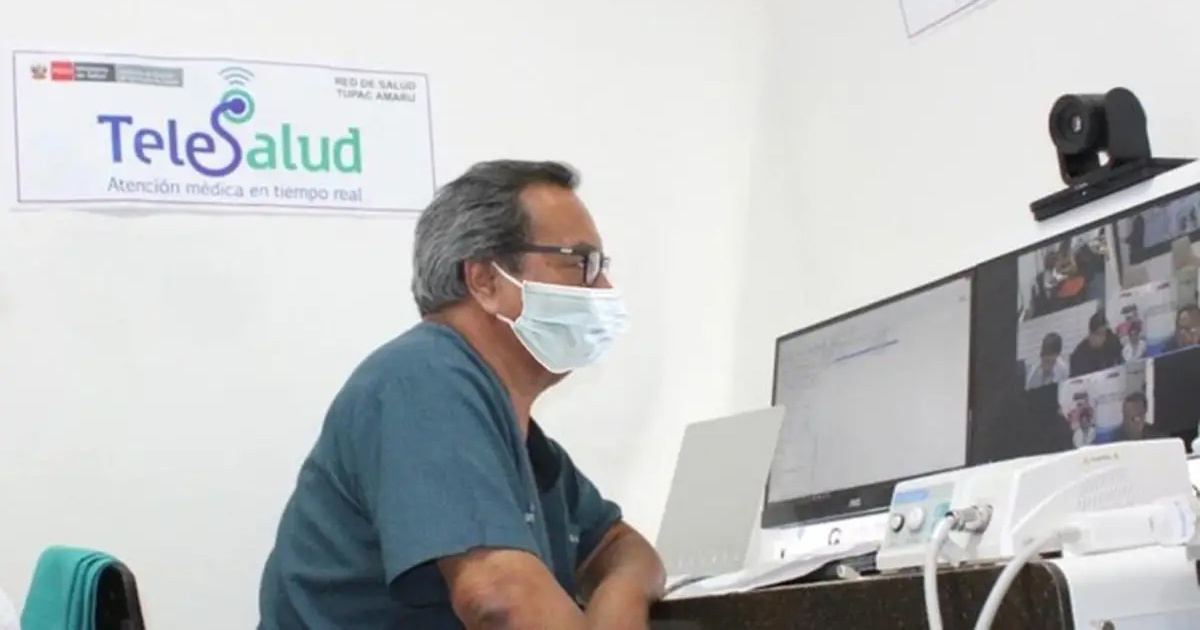
El decreto legislativo cuenta con 12 artículos entre los cuales destaca el Artículo 3, en el cual se definen los términos principales de la Digital Health en el contexto de Perú:
- Telehealth: Servicio de salud a distancia prestado por personal de la salud, a través de las Tecnologías de la Información y de la Comunicación (TIC), para lograr que estos servicios, sean accesibles y oportunos a la población. Este servicio se efectúa considerando los siguientes ejes de desarrollo de la Telehealth: la prestación de los servicios de salud, la gestión de los servicios de salud; la información, educación y comunicación con pertinencia cultural y lingüística; y el fortalecimiento de capacidades al personal de la salud, entre otros.
- Telemedicine: Provisión de servicios de salud a distancia en los componentes de promoción, prevención, diagnóstico, tratamiento, recuperación, rehabilitación y cuidados paliativos, prestados por personal de la salud que utiliza las TIC, con el propósito de facilitar el acceso a los servicios de salud a la población.
- Teleconsulting: Es la consulta a distancia, que realiza un profesional de la salud para la atención de una persona usuaria, pudiendo ésta estar o no presente; con fines de promoción, prevención, diagnóstico, tratamiento, recuperación, rehabilitación y cuidados paliativos según sea el caso, cumpliendo con las restricciones reguladas a la prescripción de medicamentos y demás disposiciones que determine el Ministerio de Salud.
- Remote interconsulting: Es la consulta a distancia mediante el uso de las TIC, que realiza un personal de salud a un profesional de la salud para la atención de una persona usuaria, pudiendo ésta estar o no presente; con fines de promoción, prevención, diagnóstico, tratamiento, recuperación, rehabilitación y cuidados paliativos según sea el caso, cumpliendo con las restricciones reguladas a la prescripción de medicamentos y demás disposiciones que determine el Ministerio de Salud…
- Teleorientación: Es el conjunto de acciones que desarrolla un profesional de la salud mediante el uso de las TIC, para proporcionar a la persona usuaria de salud, consejería y asesoría con fines de promoción de la salud, prevención, recuperación o rehabilitación de las enfermedades.
- Telemonitoring: Es la monitorización o seguimiento a distancia de la persona usuaria, en las Instituciones Prestadoras de Servicios de Salud, en las que se transmite la información clínica de la persona usuaria, y si el caso lo amerita según criterio médico los parámetros biomédicos y/o exámenes auxiliares, como medio de control de su situación de salud. Se puede o no incluir la prescripción de medicamentos de acuerdo al criterio médico y según las competencias de otros profesionales de la salud.
- Interoperability: Es la capacidad de los sistemas de diversas organizaciones para interactuar con objetivos consensuados y comunes con la finalidad de obtener beneficios mutuos. La interacción implica que los establecimientos de salud compartan información y conocimiento mediante el intercambio de datos entre sus respectivos sistemas de tecnología de información y comunicaciones para, finalmente, optimizar el uso de los recursos en los servicios de salud.
Adicionalmente el decreto incluye disposiciones complementarias, entre las cuales destacan la gratuidad de acceso a estos servicios de salud, que insta a los operadores de telefonía e internet a facilitar a la población el acceso a los canales de comunicación que disponga el Ministerio de Salud, además, se promueve el uso del canal digital del gobierno orientado a la Telehealth: www.gob.pe/telesalud.


